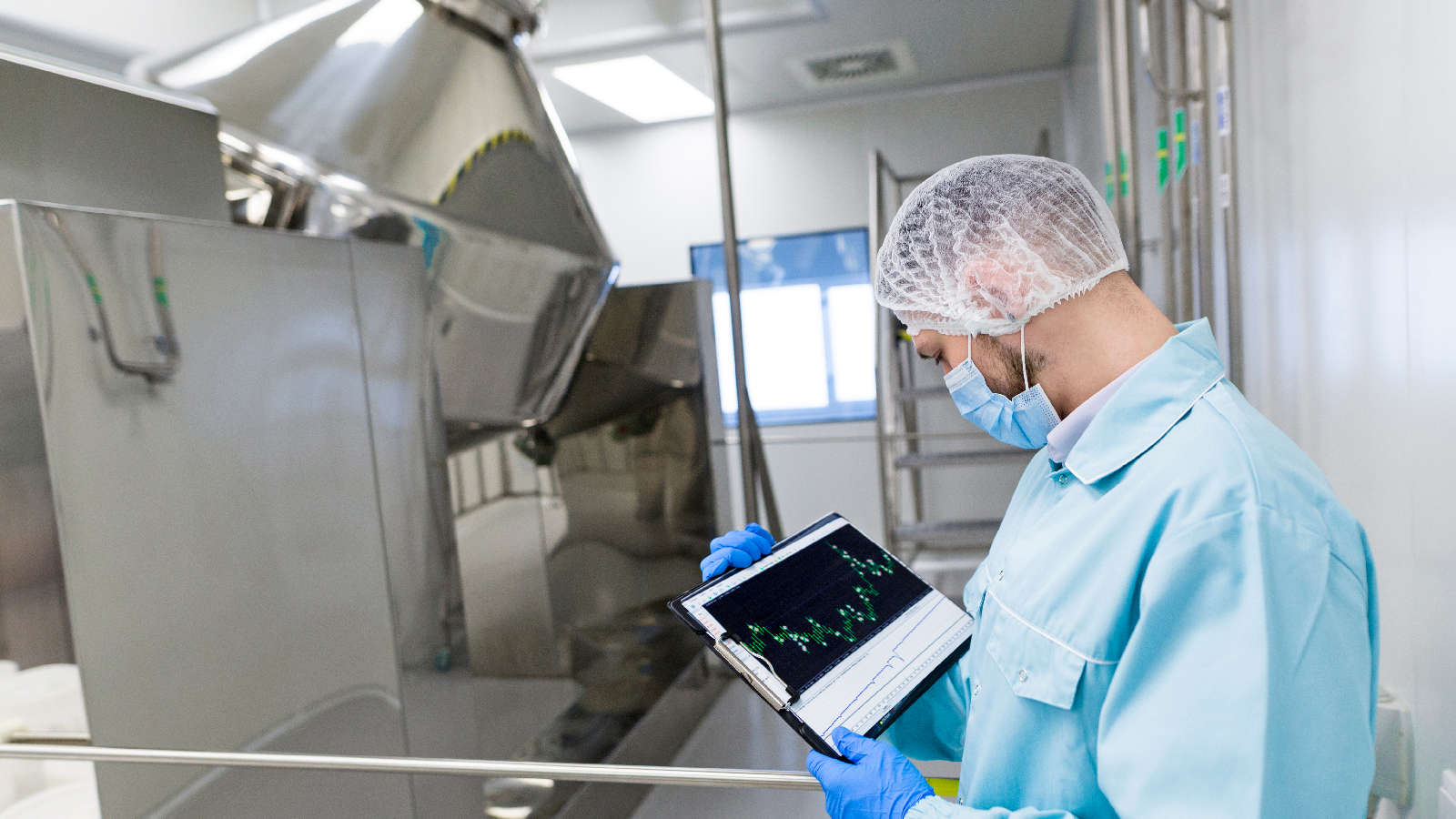What is rotomolding? Is it worth the try?
Rotational moulding, referred to as rotomolding, is actually a thermoplastic moulding strategy that works well for large, 1-part hollow things and twice-walled open up containers like tanks, kayaks, and coolers. It can be most inexpensive for annually manufacturing figures fewer than 3,000, making it ideal for innovators, start-ups, and little businesses. Rotomolding is frequently used for products with good-high quality finishes, homogeneous wall structure thicknesses, and fantastic steadiness. Inserts and ” spin ” weld add-ons can be directly in the rotomold, and foaming can be used to create thermal heat retaining material and firmness. In contrast to contesting methods like blow moulding and thermoforming, rotomolding produces no crunch-off seams or weld lines, causing a ultimate merchandise that Rotomolding fails to need additional operations.
Pros
•Very low-cost tooling: Due to the lower functioning demands, rotomold tooling might be made out of low-cost precious metals such as aluminium.
•Great balance: Because the moulding fabric is just not exposed to outside strain, it can be a lot more dependable as well as the chances of issues within the accomplished product is lowered.
•Higher durability: rotomolding generates fuller sides, which lowers the possibility of failure at these pressure-attention internet sites.
Drawbacks
•Great cycle times: rotomolding may take as much as three several hours to perform one particular item at eight rotations a minute.
•Materials choices are minimal: uncooked supplies employed in rotomolding must be easily changed from granules to some good powder and must be thermally secure, constraining material assortment to poly-based resins.
•Great labour costs: rotomolding has yet to attain mechanisation and automation, necessitating an increased labour strength than comparable production strategies.
Verdict
Because of the low-strain, substantial-heating the outdoors from the procedure, rotomold tooling is normally made from a soft aluminum including aluminium, and the bulk of the resin employed is polyethylene owing to its little chemical substance break down when exposed to substantial heat. Inserts, ribs, kiss-offs, undercuts, and foam reinforcements are often incorporated into the component through the moulding approach or secondary finalizing.
